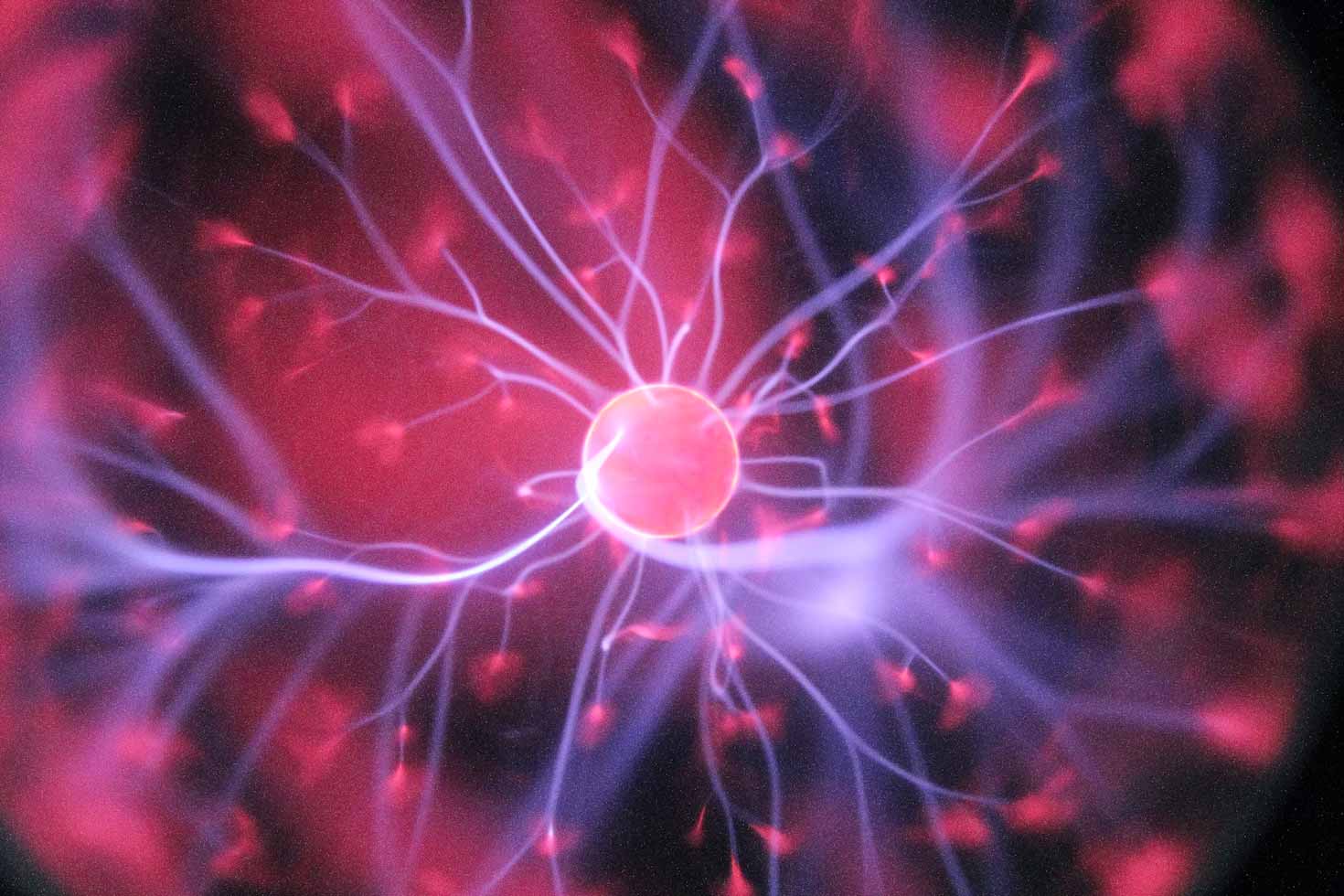Introduction
Autism Spectrum Disorder (ASD) is a complex neurodevelopmental condition that affects individuals in varying ways, impacting their social interactions, communication skills, and behavior. As researchers delve deeper into understanding ASD, they are discovering innovative and holistic approaches to complement traditional therapies. One such emerging and promising intervention is equine therapy, which involves interactions between individuals on the autism spectrum and horses.
The rhythmic movements of horseback riding can especially activate the vestibular systems of children with ASD, which can enhance their speech production and improve their learning outcomes. While riding a horse, the person must voluntarily control their bodily movements, such as core stability in order to maintain body balance, which promotes their capacities for voluntary control and nonverbal communication. Equine therapy provides people with ASD a unique and special way of positive engagement. Equine therapy provides a positive environment and a multisensory stimulation that benefits people to rapidly increase their learning outcomes.
The Science Behind the Magic
Equine therapy’s effectiveness for ASD is rooted in a blend of psychological, physiological, and neurological mechanisms. The human-horse bond triggers the release of oxytocin, a hormone associated with social bonding and reduced stress. The rhythmic motion of horseback riding engages sensory pathways, promoting sensory integration and enhancing neural connectivity. Additionally, the unconditional acceptance from horses can lead to emotional regulation and an overall improvement in emotional well-being.
Benefits of Equine Therapy for ASD
- Social Interaction: Equine therapy provides a structured environment for individuals with ASD to practice social skills and communication. Interacting with horses requires nonverbal cues, body language, and emotional regulation – all of which are fundamental aspects of social interaction. As individuals groom, ride, and care for horses, they naturally engage in meaningful exchanges, fostering improved social interactions.
- Sensory Integration: Many individuals with ASD experience sensory sensitivities. The sensory-rich environment of equine therapy, including the feel of the horse’s coat, the sounds of hooves, and the smell of the barn, can help individuals become more comfortable with sensory stimuli. This, in turn, may contribute to better sensory integration and reduced sensory sensitivities in daily life.
- Motor Skills Development: Horseback riding involves a range of physical movements that help individuals with ASD improve their motor skills and coordination. The rhythmic motion of the horse can have a calming effect on the nervous system and enhance muscle tone, balance, and coordination.
- Emotional Regulation: Horses are incredibly perceptive animals that can sense human emotions. Interacting with horses can teach individuals with ASD how to recognize and manage their own emotions. The calming influence of the horse can help regulate emotional responses and reduce anxiety.
- Increased Confidence and Self-Esteem: Successfully caring for and riding a horse can foster a sense of accomplishment and boost self-esteem. Individuals with ASD often face challenges that can impact their self-confidence, and equine therapy offers them opportunities to overcome obstacles and develop a sense of pride in their achievements.
- Language Development: Equine therapy can indirectly support language development. The interactions with horses encourage individuals to express themselves verbally, follow instructions, and engage in conversation with therapists and peers, thereby promoting language skills.
Effectiveness and Considerations
It’s important to note that equine therapy is not a substitute for evidence-based interventions for ASD, such as behavioural and communication therapies. It should be viewed as a complementary approach that may offer benefits in conjunction with other therapies.
While equine therapy has shown promise in improving certain aspects of well-being for individuals with ASD, it’s important to consider the following:
- Individual Variability: The impact of equine therapy can vary widely from person to person. Some individuals may respond more positively than others, and the benefits may be more noticeable in certain areas (e.g., motor skills) than in others (e.g., communication).
- Research Limitations: The research on equine therapy for ASD is still evolving, and there is a need for more robust and controlled studies to determine its overall effectiveness. Many studies have been small-scale and may not have used rigorous research methods.
- Supplementary Approach: Equine therapy is often used as a complementary or supplementary intervention alongside other evidence-based therapies for ASD, such as behavioural therapies, speech therapy, and occupational therapy.
- Safety: Safety measures and trained professionals are essential when working with horses, especially when working with individuals who have special needs. Therapists should be experienced in both equine-assisted therapy techniques and understanding the needs of individuals with ASD.
- Cost and Accessibility: Equine therapy can be expensive and may not be accessible to all individuals with ASD. It’s important to consider the cost and availability of this therapy when exploring treatment options.
In conclusion, equine therapy can have positive impacts on some individuals with Autism Spectrum Disorder, particularly in areas such as sensory stimulation, physical development, emotional connection, and social skills. However, it is not a standalone treatment and should be used in conjunction with other evidence-based therapies. It’s recommended to consult with qualified professionals and researchers in the field to make informed decisions about incorporating equine therapy into an individual’s treatment plan.




